African American hair has always been a powerful form of self-expression, resilience, and cultural identity. From the 1950s to the early 2000s, Black hairstyles have evolved dramatically, reflecting societal changes, artistic movements, and personal freedom.
Whether it was the pageboy haircut for Black hair in the ‘50s, the bold ‘80s African American hairstyles, or the sleek looks of the early 2000s, each decade brought its own flair.
In this deep dive, we’ll explore the biggest Black hair trends that defined generations—celebrating the creativity, innovation, and unapologetic beauty of African American hair.
Which Decade of Hair Styles Did You Love Most?
If you are a lover of fashion, you are also probably quite appreciative of beauty and hair. After all, it’s the hair that often adds the glam or appeal we all crave when we’ve pieced together a great outfit.
Over the years, women’s hairstyles have basically set the stage for each decade. Whether it was the pinup styles of the 1950s, the Afros of the 1960s, the big hair of the 1980s or the more natural styles of the 1990s and 2000s, hairstyles have made a statement each decade.
For many African Americans, it has often started with one hairstyle being the “it” style for a season, and there are some more memorable styles that are still “it” today. One thing is for sure, what we love about 2016 is that we’ve seen styles of the past come back full circle with a more updated look.
The 1950s: Elegance and Refinement
The 1950s were all about polished sophistication. Black men and women embraced styles that reflected both elegance and conformity to mainstream beauty standards—while still maintaining cultural pride.

1950s Hairstyles for Black Women
-
Pin curls and finger waves – Inspired by Hollywood glamour, these styles were sleek and refined.
-
Short, tapered cuts – A nod to the pageboy haircut for Black hair, offering a neat yet stylish look.
-
Straightened styles – Many women used hot combs to achieve smooth, straightened hair, influenced by stars like Dorothy Dandridge.
1950s Hairstyles for Black Men
-
The conk – A chemically straightened style popularized by entertainers like Little Richard.
-
Short, tapered cuts – Clean and professional, often seen in 1950s hairstyles for Black men.
This era laid the foundation for the bold transformations that would come in later decades.
In the 1950s, it wasn’t uncommon to meet an African American woman with chemically-straightened hair in the United States and Britain, as this was what was socially-acceptable at the time.
After all, African American women spent previous decades straightening their hair with the pressing comb. An arduous task, still done today that can take hours to straighten the thickest hair only to meet frizz again the minute it rains or gets too humid outside.
The introduction of chemical hair relaxers were during the 1950s were welcome by women, allowing for straight styles event after washing or wetting their hair. During the 1950s, wigs were also popular for African American women, allowing them to easily change their hairstyles without the harsh treatments of lye relaxers.
Into the 1960s
As the 50s came to a close, however, more and more African American women were wearing their hair natural or emphasizing their curls. This is what led to the hair trends of the 1960s, where many women wore the popular Afro, which allowed them to feel sexy and free.
The 1960s also saw the introduction of the beehive up-do, which was a popular style for all ethnicities, as well as the bob, which was also a popular hairstyle during the 60s.
The Free Love Era of the 1970s & Its Au Natural Hairstyles

The 1970s brought about huge changes in the United States, including the Civil Rights Movement led by Dr. Martin Luther King, Jr., the Vietnam War and its protests, Woodstock, rock and roll, and some naturally curly hairstyles for all ethnicities.
In the early 1970s, long, straight hair continued to be popular, and some women even added the “flicked fringe,” feathers or wings, a la Farrah Fawcett, where other women sported the shag hairstyle.
The Afro continued to be a popular hairstyle among African American women, worn by the likes of Pam Grier and Marsha Hunt; even Caucasian women took part in this hairstyle by embracing the curly perm. Donna Summer was also known to sport the “Stack Perm,” a la wig, which brought curls to the lower portion of the hair while maintaining a smooth, straight crown.
The Jheri curl was also a popular style during the 1970s among African Americans and it continued with its popularity into the 80s. These permed hairstyles and the Afro led into the 1980s, which many people remember as the “Big Hair Era.”
The Big Hair Era of the 1980s
Enter the 1980s, an era that marched in with a variety of new trends for beauty, clothing and music. Some of the popular hairstyles revolved around the extensive use of Aquanet hairspray, and this is how many people recall the 80s, whether they lived through them or not.
Trendsetters like Whitney Houston wore signature ringlet curls and other like Grace Jones opted for bold looks showcasing her 4c hair.

Eighties Black Hairstyles for Women
-
The Afro – Though it peaked in the ‘70s, the ‘80s Afro remained a symbol of Black pride.
-
Jheri curls – Made famous by Michael Jackson and Lionel Richie, this glossy, wet-look curl defined 80s hairstyles for Black females.
-
Braids & cornrows – Inspired by Bo Derek’s iconic look, braids became a mainstream trend.
-
Layered African American hair – Big, voluminous cuts with feathered layers were everywhere.
The women of the 1980s—with or without perms—loaded up their hair mousse and hairspray to scrunch up those curls, a style still seen today. If you were an African-American kid during this timeframe, your mom probably doused your hair with Lusters Pink Lotion, Blue Magic, Dax, or Royal Crown hair grease.
Oh, those were the days! In the 1980s, curly and wavy was good. The women who didn’t have naturally curly hair still tried to get the curls by using crimping irons to get the look.
The ‘80s Black hairstyles were all about volume, creativity, and self-expression. From Jheri curls to high-top fades, this decade was a golden age for Black hair innovation.
Men’s Hair 1980s: The Rise of the High-Top Fade
-
High-top fade – Popularized by Will Smith in The Fresh Prince of Bel-Air and hip-hop artists.
-
Jheri curls – A staple in male African American hairstyles of the decade.
-
Flat tops & fades – Clean, sharp, and effortlessly cool.
Even African American men were setting trends in the 1980s with Mr. T bringing back the exaggerated Mohawk that had previously been sported by the punks of the 1970s. Short bangs were also in style, though our current trends no longer embrace this cut and prefer longer, more layered bangs that blend into hairstyles.
Stylish bangs also extended into the look of the popular a-symmetrical bob, famously worn by Salt N Pepa. Braids and cornrows are a style among African Americans that continued well into the 1990s and 2000s, and is a traditional hairstyle many men and women opt for, whether under a wig or a weave or just by themselves.
The ‘80s African American hairstyles were fearless, setting the stage for even more diversity in the ‘90s.
Top African American Hairstyles in the 1990s and the early 2000s
The 1990s Black hairstyles blended hip-hop edge with R&B glam. This decade saw the rise of protective styles, bold colors, and intricate designs.

Black Hair Trends of the ‘90s
-
Box braids – Thanks to Janet Jackson and Brandy, box braids became a cultural phenomenon.
-
Short African American hair – Halle Berry’s pixie cut and TLC’s edgy looks inspired many.
-
Weaves & lace fronts – High-quality extensions became more accessible.
-
Cornrows with beads – A playful yet protective style seen on everyone from Aaliyah to NBA players.
The 1990s brought us a variety of new trends including the explosion of both Hip Hop and Grunge music, both adopting styles entirely their own. Many men and women who were part of the Grunge scene were often seen to mimic the styles of popular musicians and celebrities, such as Kurt Cobain and Courtney Love, both of these icons sported bleached locks often long and unkempt.
The Hip Hop genre embraced African American culture, but some of the hairstyles sported by the big names of the 1990s might be considered questionable. While cornrows and braids were still a popular trend, these were often exaggerated by the likes of Coolio.
How could we forget style icons like Busta Rhymes and his wild dreadlocks that were often pulled into strange styles, like high pigtails, and none of us will ever forget the flat top hairstyle, which was an exaggeration of the high top fade that emerged in the 1980s. And a beloved hairstyle of the 1920s, finger waves, reappeared in the 1990s as an elegant or everyday style for African American women.
Cancer survivor and daughter of NFL player Devon Still, Leah Still, sported this very style just recently at the 2016 NFL Honors award ceremony.
Men’s Styles: The Era of the Bald Fade & Twists
-
Bald fades – A cleaner evolution of the ‘80s high-top.
-
Dreadlocks & twists – Popularized by artists like Lauryn Hill and Lenny Kravitz.
The ‘90s proved that Black hair could be versatile, artistic, and boundary-pushing.

The Early 2000s: Sleek, Glossy, and Experimental
The early 2000s Black hairstyles mixed Y2K futurism with classic elegance.
Trends That Defined the Era
-
Sleek, straight weaves – Beyoncé’s honey-blonde lengths set the standard.
-
Bantu knots & afro puffs – A nod to natural hair movements.
-
Frosted tips (for men) – A playful take on past African American male haircuts.
Many of these styles continued into the early 2000s, though many African American women began to chemically straight their hair for more sleek and relaxed styles, such as the ever-popular “just-walked-off-the-beach” waves everyone strived to achieve.
With many of these styles, bangs again made a comeback, whether they were full bangs, long swoopy bangs, or short bangs, this was definitely a recycled hair trend. Natural curls seem to be a trend that some African American women continue to return to throughout the decades.
Let’s not forget the plethora of hair accessories that flourished in the 1990s, from hair jewels to butterfly clips, to mass amounts of glitter hairspray, hair accessories were all the rage in the 1990s for all ethnicities, and is a trend that continued into the early 2000s and are still common today.
The Legacy Continues: Celebrating African American Hairstyles Today
From the pageboy haircut for Black hair in the ‘50s to the ‘80s high-top fade, Black hairstyles have always been revolutionary. Today, the natural hair movement and protective styling (like the PuffCuff) continue this legacy of innovation.
What’s your favorite decade for Black hair trends?
African American hair is more than just style. It’s history, identity, and artistry. Whether rocking an ‘80s Jheri curl or a modern twist-out, Black hair continues to inspire.
For more on protective styling, check out the PuffCuff, the perfect accessory for effortless, damage-free looks!
No matter what your particular style, whether naturally curly or perfectly straight, PuffCuff can help you maintain your beautiful do and be beautifully you. Check out our line of specially-designed hair accessories that won’t snag or break your hair.
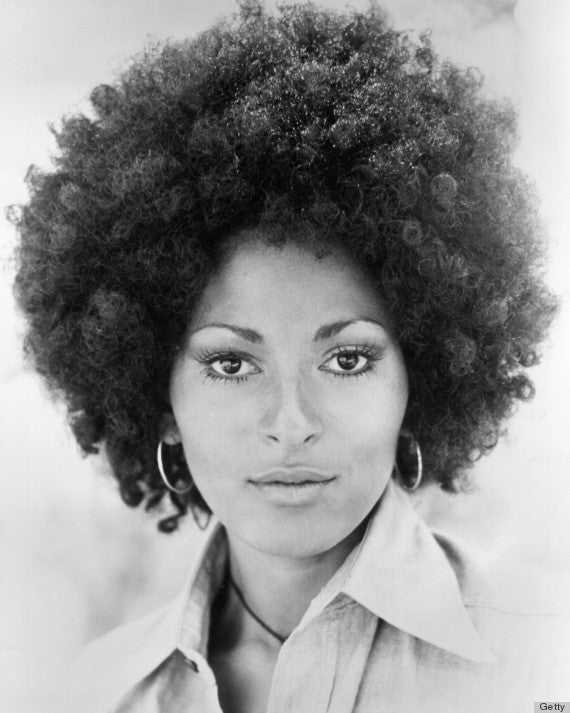




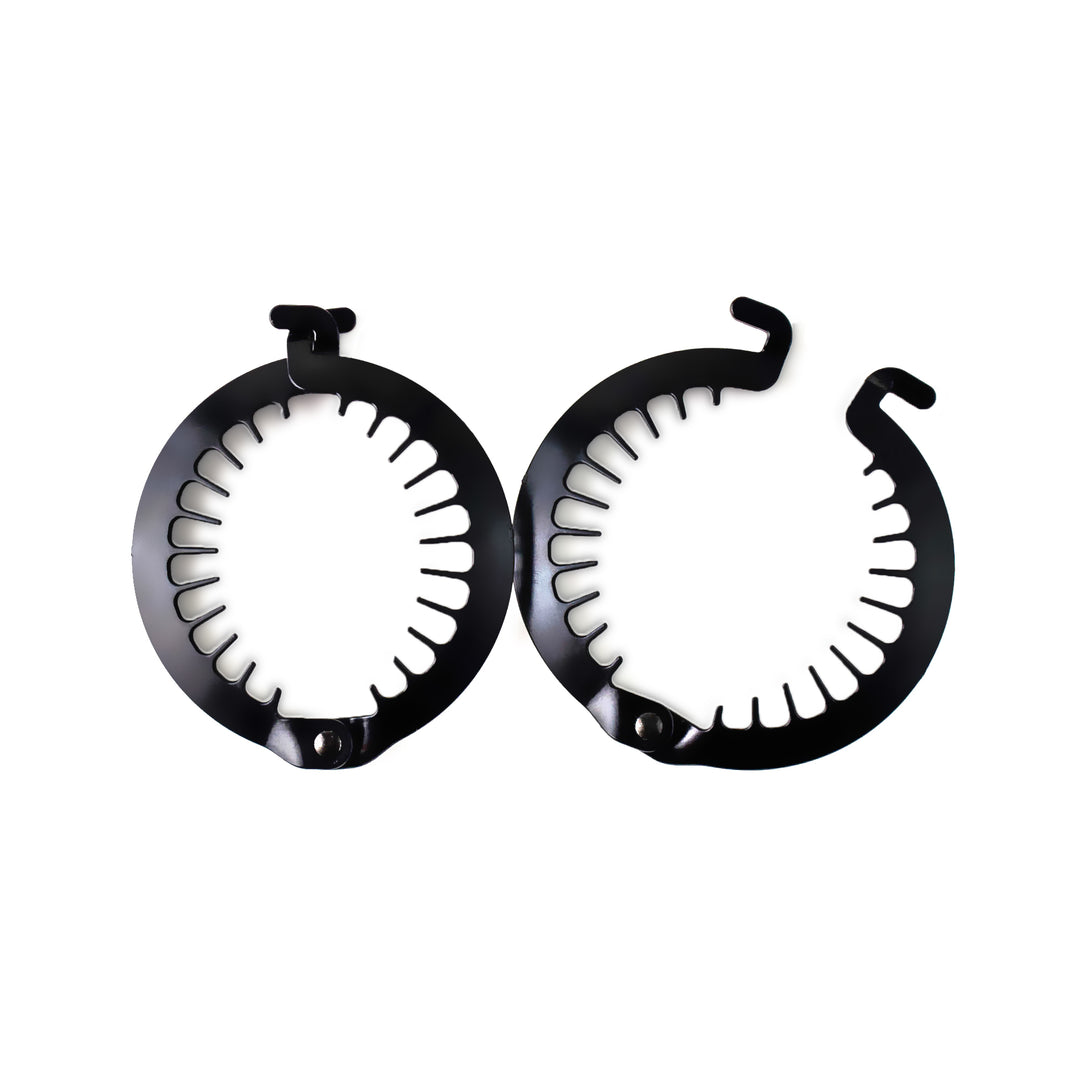
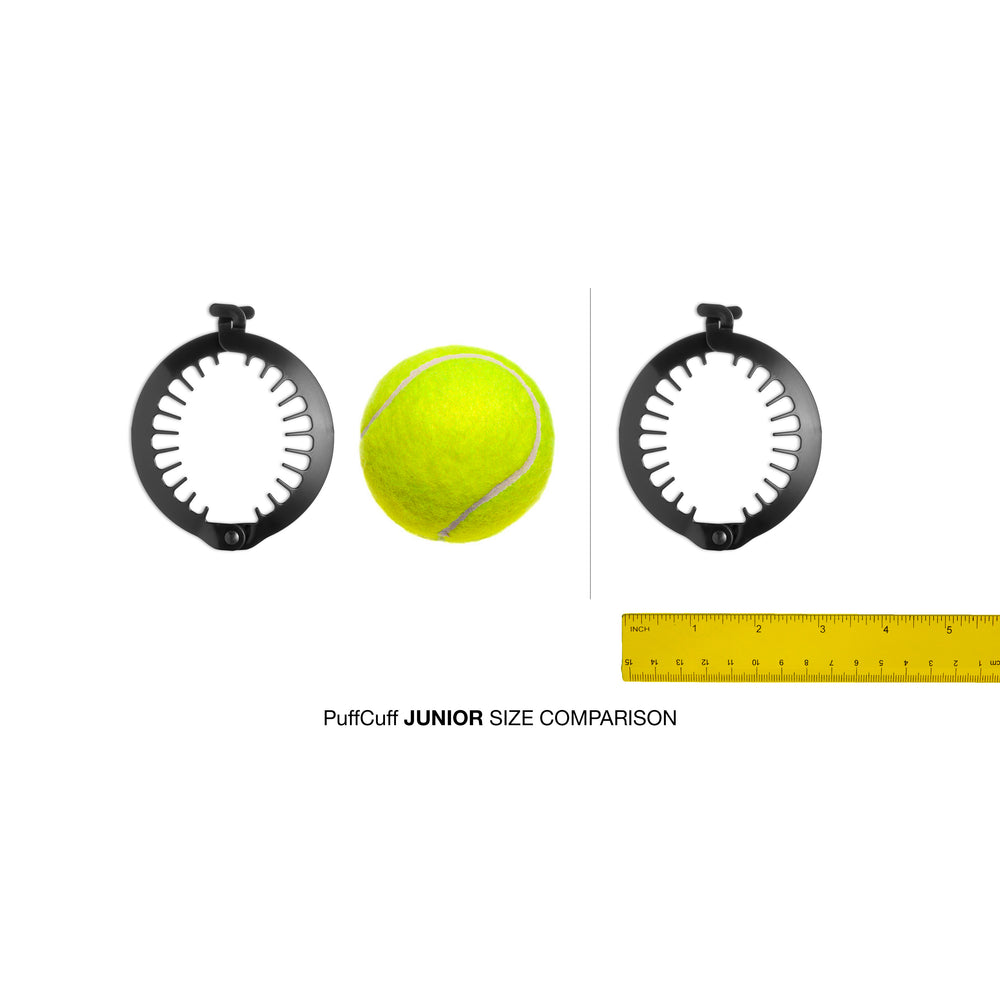

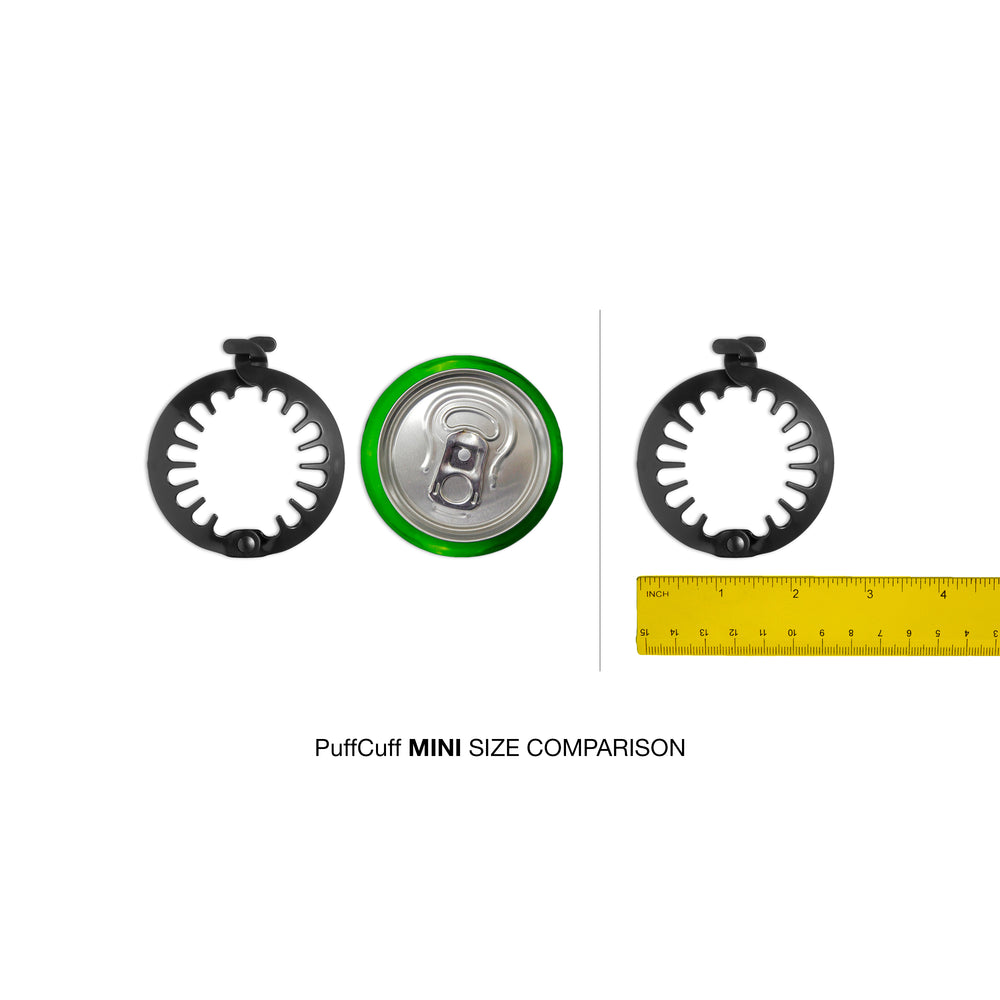
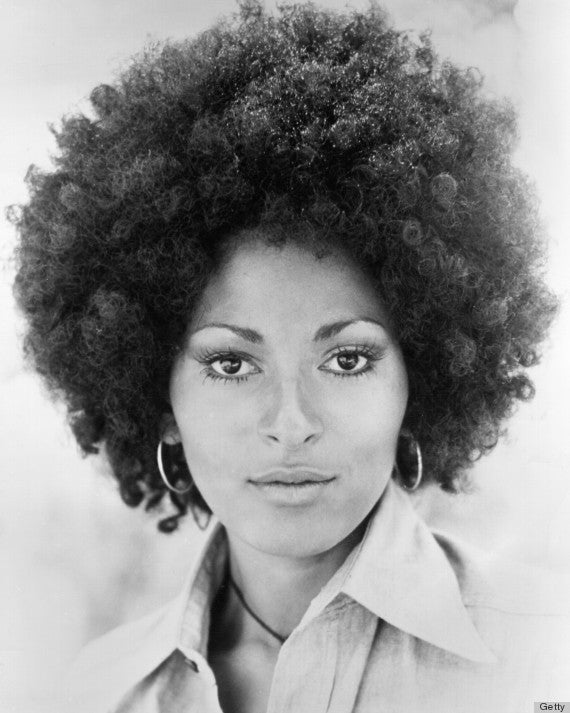
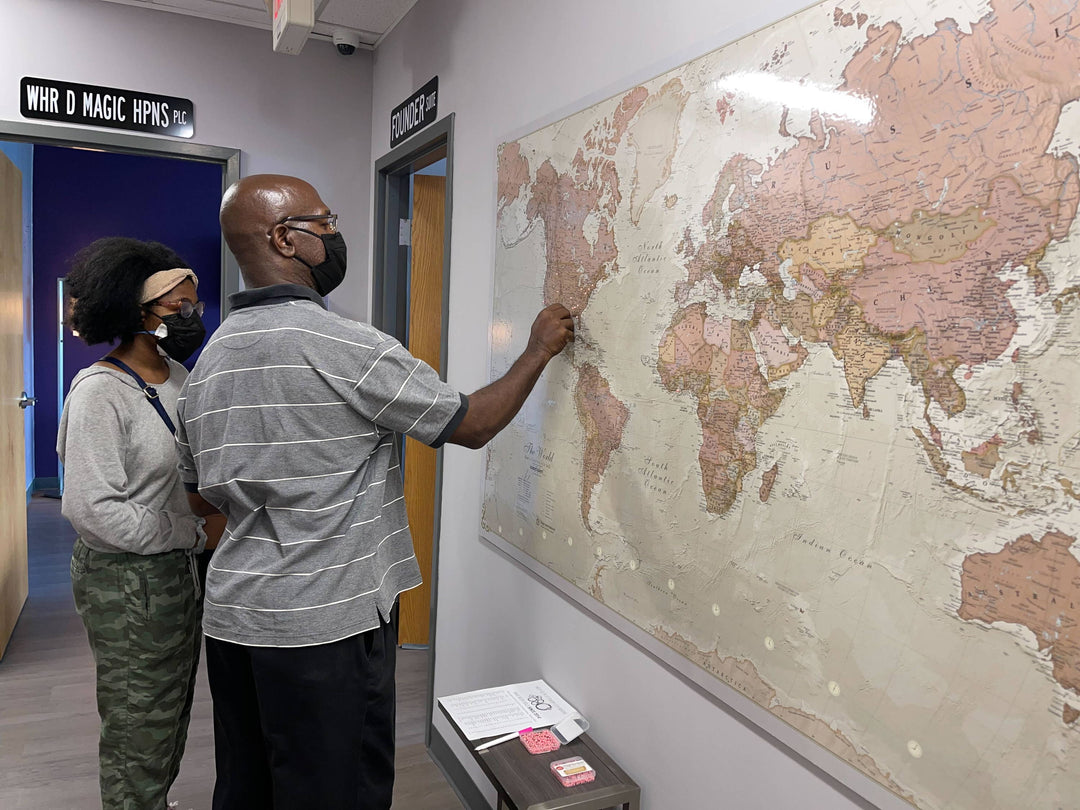
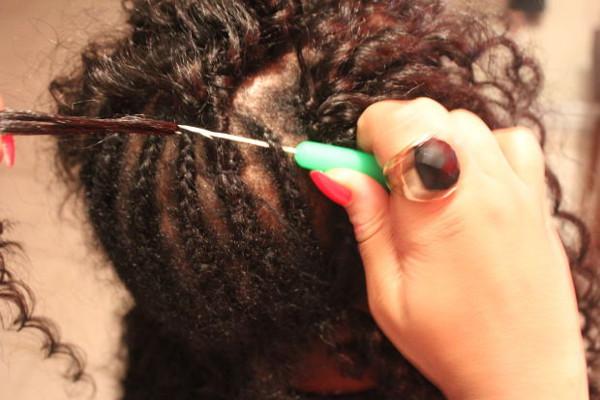
Leave a comment